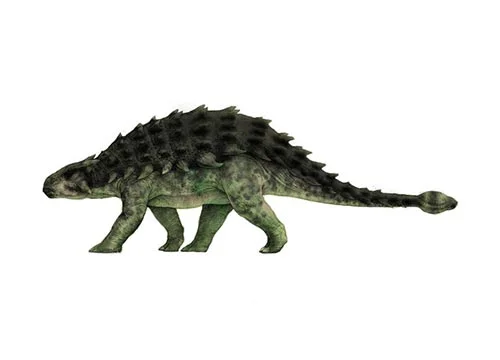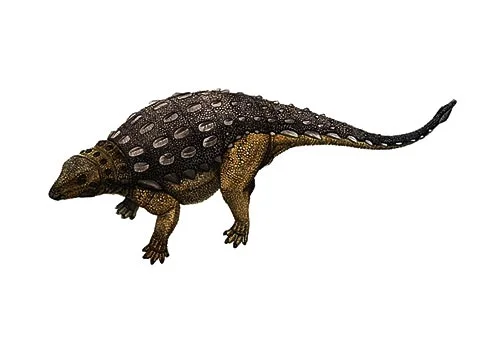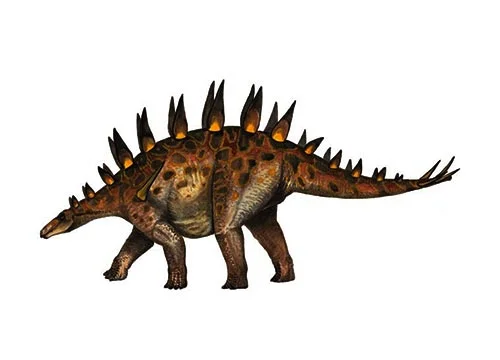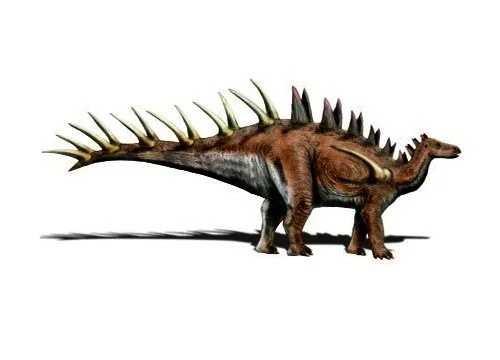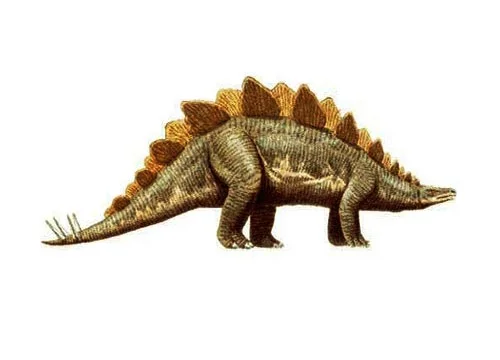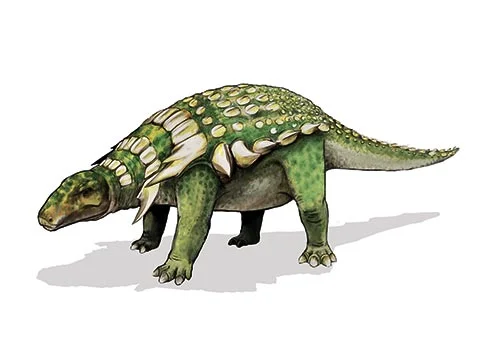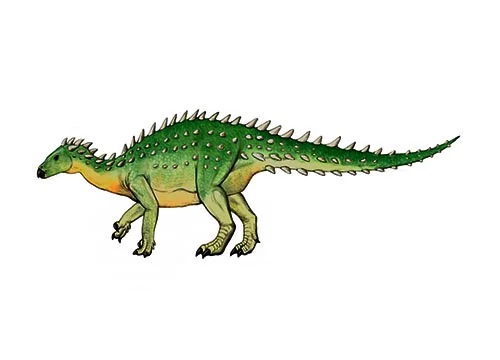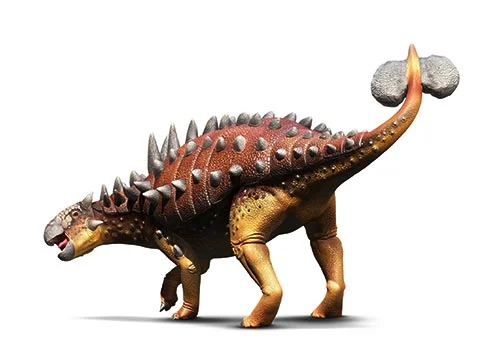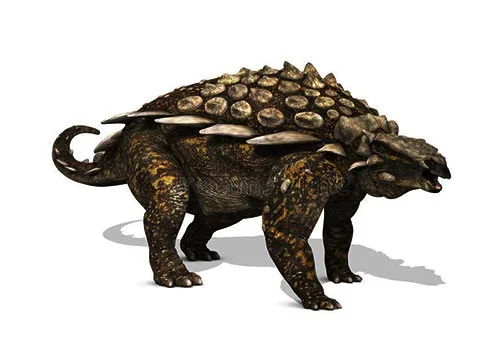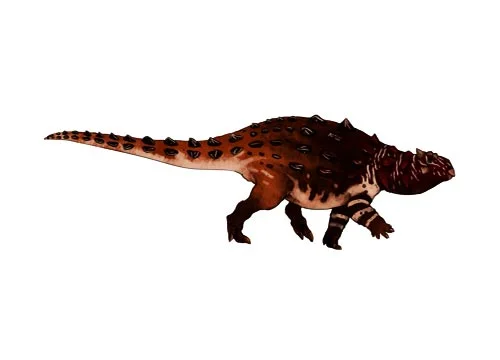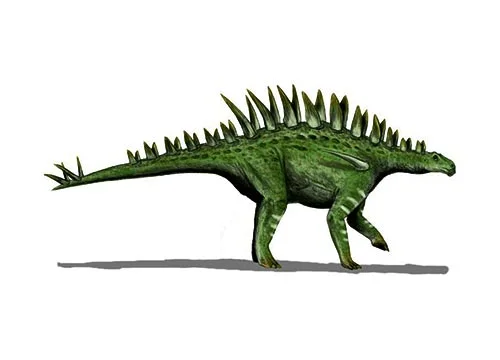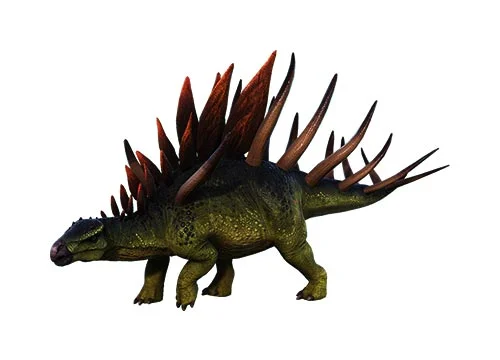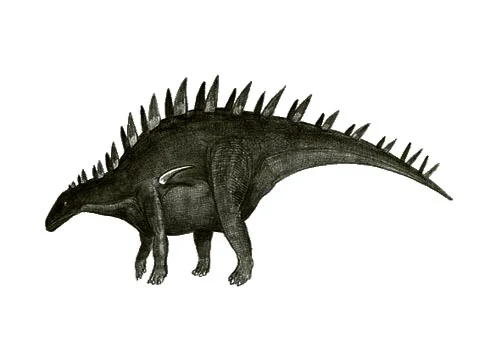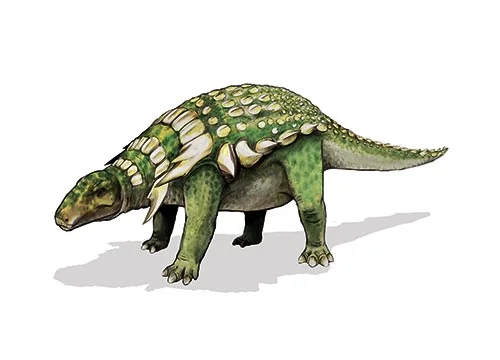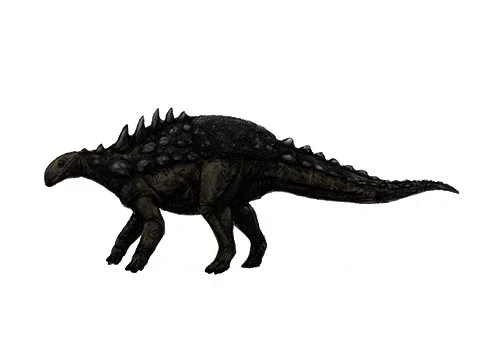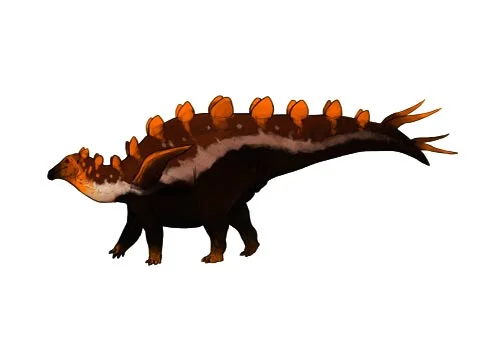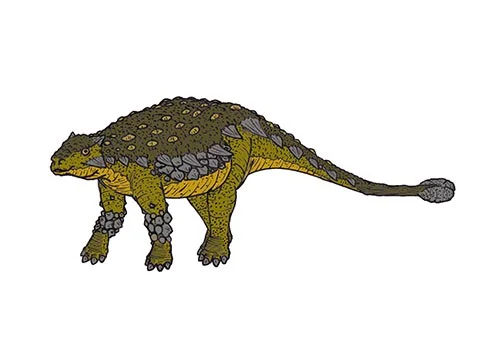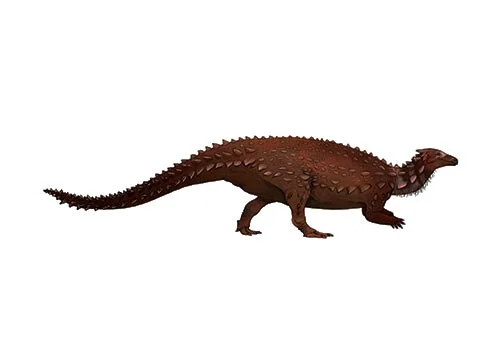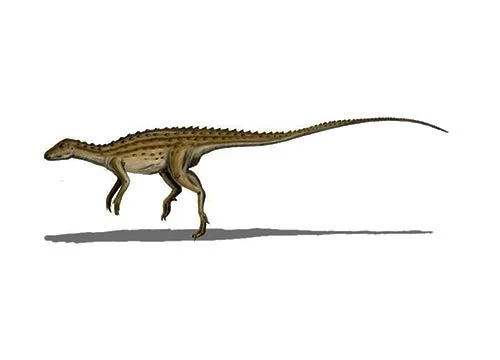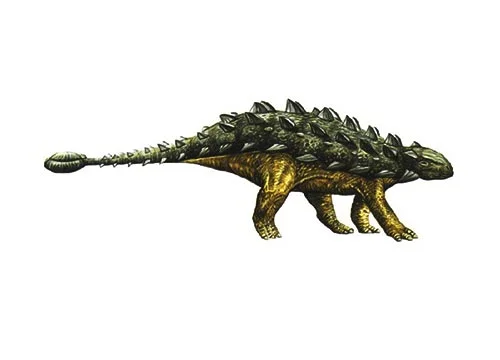Armoured Dinosaurs
Armoured dinosaurs, or ankylosaurs, were a diverse group of herbivorous dinosaurs that lived during the Late Cretaceous period, approximately 70 to 65 million years ago. They were known for their heavily armoured bodies, which were covered in bony plates and spikes, providing protection against predators.
There were many different types of armoured dinosaurs, each with its own unique features and adaptations. Some of the most notable include:
Ankylosaurus – One of the largest and most well-known ankylosaurs, Ankylosaurus had a wide, flat skull and a club-like tail that it could use to defend itself against predators.
Euoplocephalus – Another large ankylosaur, Euoplocephalus had a series of bony spikes along its back and tail, as well as a heavily armoured head and neck.
Nodosaurids – Nodosaurids were a family of armoured dinosaurs that lacked the tail club of ankylosaurids. Instead, they had a series of spiky projections along their bodies that provided protection.
Stegosaurids – Although not technically ankylosaurs, stegosaurids were another group of armoured dinosaurs that lived during the Late Jurassic and Early Cretaceous periods. They had large, flat plates along their backs, as well as a series of spikes on their tails.
Polacanthids – Polacanthids were a family of armoured dinosaurs that lived during the Early Cretaceous period. They had a series of spiky projections on their backs and tails, as well as a heavily armoured head and neck.
One of the most remarkable things about armoured dinosaurs was the evolution of their defensive adaptations. The bony plates and spikes that covered their bodies were not simply static structures, but were integrated into the dinosaur’s musculature and could be moved and flexed for protection. Some ankylosaurs even had bony eyelids to protect their eyes from attackers.
Despite their heavy armour, however, many armoured dinosaurs were still preyed upon by large predators like Tyrannosaurus rex. Nevertheless, their unique adaptations allowed them to thrive in a variety of environments and play an important role in the ecosystems of the Late Cretaceous period.

